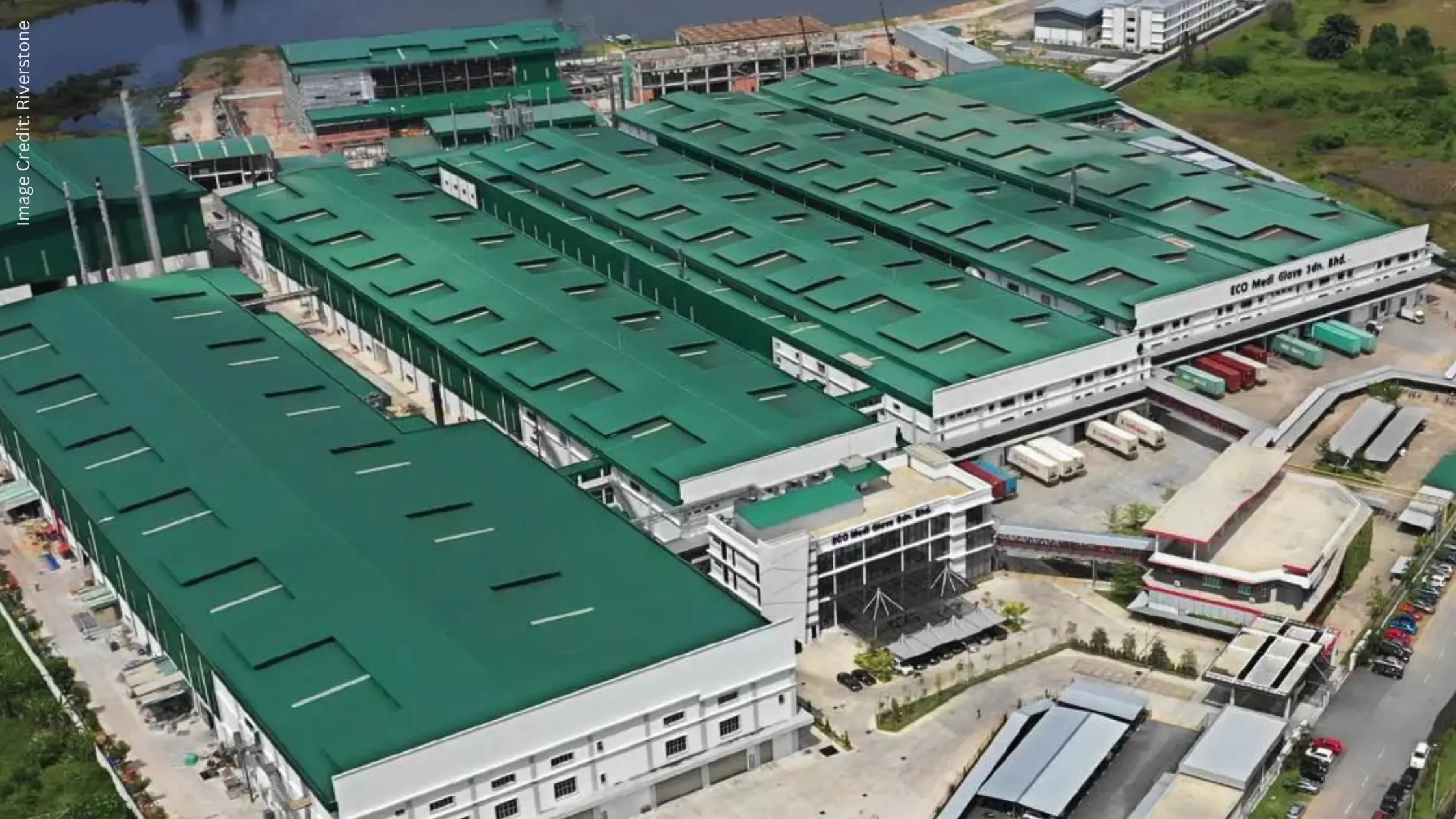8 Key Numbers from Suntec REIT’s Latest Earnings
October 25, 2021

For dividend investors in Singapore, real estate investment trusts (REITs) are one of the best ways to generate a reliable (yet stable) passive income.
That’s because they invest in physical properties and generate a tax-free income for investors. Why? That’s due to the zero-rate dividend tax in Singapore.
It’s one key reason, among many, why REITs are a preferred choice for investors looking for passive income versus bricks-and-mortar property, as I’ve previously outlined in “3 Reasons REITs Beat Property as an Investment”.
Well, while we’re in the thick of earnings season for many companies in the US, the same is also true for Singapore’s REITs.
In fact, one of the oldest listed REITs in Singapore – Suntec REIT (SGX: T82U) – last week reported its Q3 2021 numbers.
Here are eight key figures from those earnings that dividend investors should be aware of.
Recovering DPU payout
Suntec REIT owns 11 commercial and retail properties across Singapore, the UK and Australia and has S$11.5 billion in assets under management (AUM).
For Suntec’s latest third-quarter earnings these were some key numbers:
- Net property income increased 45.5% year-on-year to S$68.8 million
- Distribution per unit (DPU) rose 20.8% year-on-year to 2.232 Singapore cents
- Office and retail made up 86% and 14% of net profit income, respectively
- Suntec City (Office & Retail) contributed 40% of the S$99.1 million in net profit income during the period
- All-in financing cost dropped to 2.32% p.a. at the end of the third quarter from 2.42% p.a. at the end of the second quarter
- Aggregate leverage ratio (also known as “gearing) rose slightly to 44.3% as of the end of Q3 2021 versus 43.1% at the end of Q2 2021.
- Suntec City Office committed occupancy rate was 95.5%, up from 93.4% in Q2 2021, but down from 97.0% in Q3 2020
- The Minster Building, City of London office building acquisition was completed by Suntec during the quarter for £353 million (S$489.4 million)
While it was an overall positive quarter for Suntec REIT, as lower rental assistance for retail tenants helped boost the bottom line and DPU, there were some lingering questions.
Future of office and retail?
Primarily, investors should be concerned about where the future lies for REITs such as Suntec given the Covid-19 pandemic has thrown into doubt how in demand office and retail properties will be in future.
If you believe in “value” then Suntec REIT looks like a compelling opportunity – offering a 5% dividend yield and trading at an over-25% discount to its net asset value (NAV).
Yet that has come with some pretty poor performance. Suntec REIT’s unit price is down 10% over the past five years and has fallen 20% over the past decade.
Partly, that has to do with anaemic DPU growth – the one key metric all REIT investors focused on dividends should watch.
In 2006, Suntec REIT paid out a full-year DPU of 7.31 Singapore cents. In 2020, that full-year DPU had basically stayed flat at 7.4 Singapore cents.
Scale will matter
As investors have seen in recent weeks and months, mergers between smaller REITs are picking up. That’s because it’s becoming increasingly obvious that scale and cost of borrowing matter a lot for REITs looking to grow their portfolios.
With a relatively small parent – ARA Trust Management – as well as unfavourable sector and property concentrations, Suntec REIT looks set to continue to struggle in the post-pandemic era.
Disclaimer: ProsperUs Head of Content & Investment Lead Tim Phillips doesn’t own shares of any companies mentioned.

Tim Phillips
Tim, based in Singapore but from Hong Kong, caught the investing bug as a teenager and is a passionate advocate of responsible long-term investing as a great way to build wealth.
He has worked in various content roles at Schroders and the Motley Fool, with a focus on Asian stocks, but believes in buying great businesses – wherever they may be. He is also a certified SGX Academy Trainer.
In his spare time, Tim enjoys running after his two young sons, playing football and practicing yoga.







